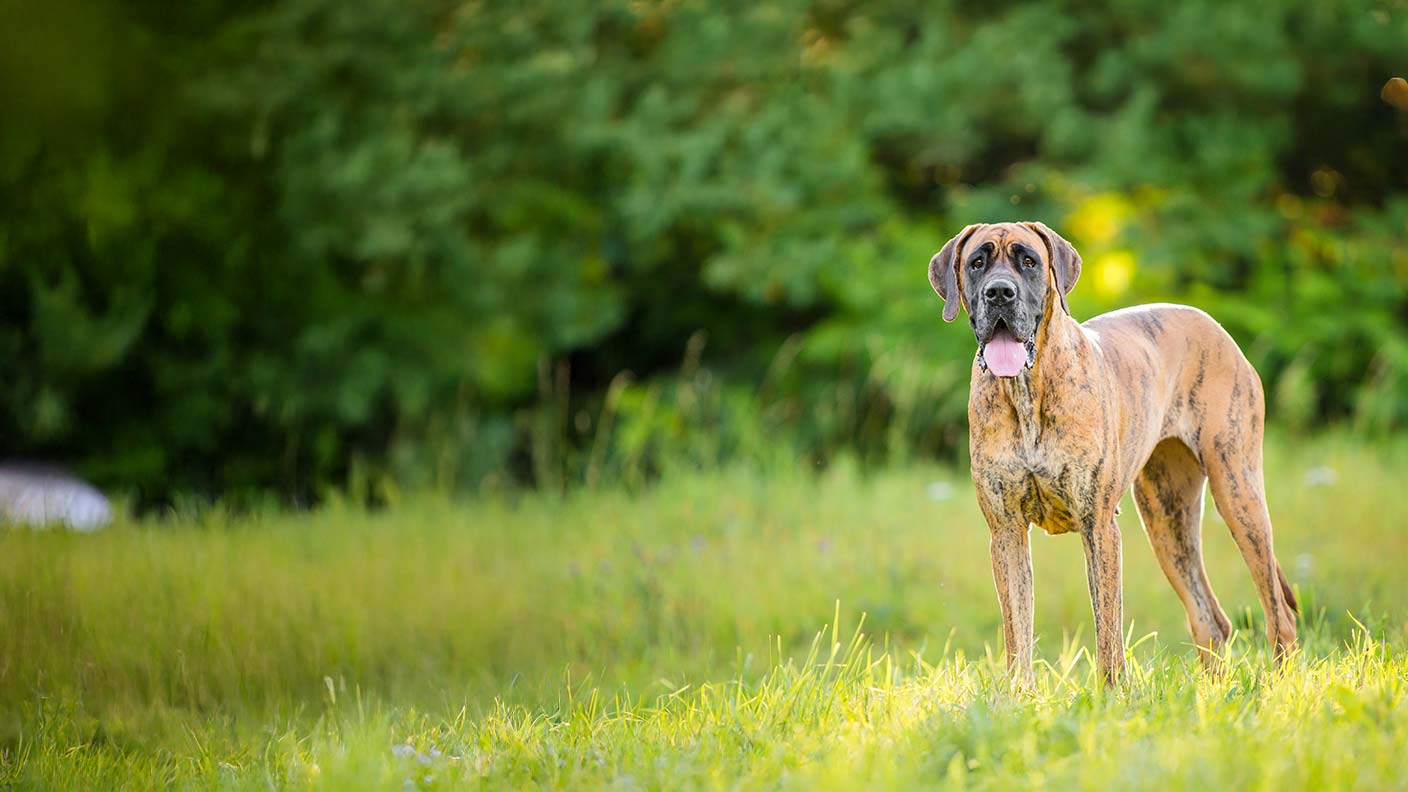Great Dane dog breed information and advice
With a tall stature and friendly personality, Great Danes are truly unique dogs. They were originally bred to hunt, but today they make delightful companions with a docile temperament that can steal the hearts of any family.
This dog breed guide will provide you with all the information you need to care for a Great Dane. Find out what they’re like to train, grooming tips, diet requirements and common health issues linked to this breed.
Great Dane facts
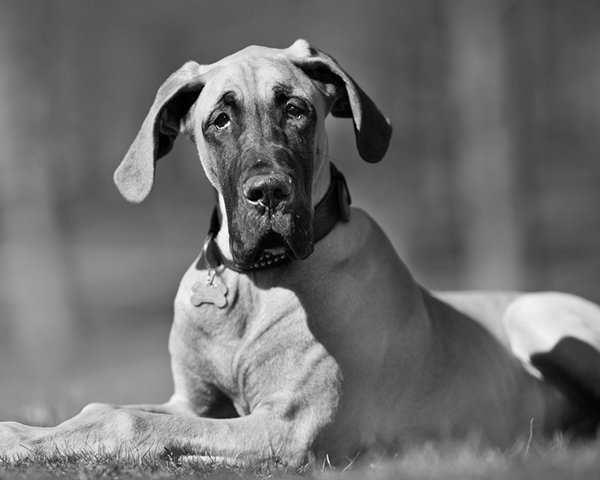
| Lifespan | 8 – 10 years |
| How much | £500 – £2,000 |
| Size | 70 – 81 cm |
| Weight | 45 – 59 kg |
| Colours | Black, blue, grey, brown, merle, brindle, fawn, harlequin |
| Grooming | Weekly |
| Temperament | Gentle, affectionate, friendly |
| Exercise | At least two hours a day |
Insurance for your Great Dane
Looking after a Great Dane can be expensive, especially if they need medical treatment. They’re big dogs that will need higher doses of medication and anaesthetic if they become unwell or need surgery. Having dog insurance to cover the costs can be helpful should your Great Dane get ill.
Common health problems that can affect Great Dane dogs include:
- Entropion
- Congestion heart failure (CHF)
- Cervical spondylopathy (wobbler syndrome)
- Gastric dilatation-volvulus (GDV)
Sainsbury’s Bank Pet Insurance
With Sainsbury’s Bank Pet Insurance, you can cover your Great Dane for accidents, illnesses and injuries. We can pay your vet directly so you’re not out of pocket, and we also offer multi-pet insurance if have more furry friends in your household.
Our cover options are flexible and easy to manage, so you can choose one that’s right for you and your pet:
- Lifetime – full cover for your pet’s lifetime, with up to £10,000 towards vet costs each year.
- Maximum benefit – cover for accidents, conditions and illnesses with a maximum limit of £3,000 or £6,000.
- Time limited – cover for short-term health issues and different treatments of up to £3,000 during the year.
Take out puppy insurance and renew it yearly to make sure your dog is covered for any unexpected accidents, injuries or health problems. Sainsbury’s Bank dog insurance will cover your Great Dane from as young as eight weeks old.
Please note that we won't cover any pre-existing conditions and that terms, conditions, excesses, exclusions and limitations apply.
How to care for a Great Dane
Well-mannered and friendly, Great Danes are fairly low maintenance compared to other breeds. If you meet their nutritional, exercising, training and grooming needs, your big Dane will live a happy and healthy life.
Feeding and nutrition
It’s true that big dogs need more food than smaller dogs but be careful not to overfeed your Great Dane. This breed is at risk of bloat, so split their food into two, or even three, meals to stop them from eating too much at once. Always weigh food to make sure you’re feeding the correct amount. Feeding guidelines are on the back of food packaging.
Thanks to their big stature, Great Danes require a balanced diet rich in vitamins, nutrients and minerals. Complete dog foods will contain the right amount of nutrients, but you should speak to your vet if you’re unsure.
Grooming
Your Great Dane’s short coat won’t need to be brushed very often as it won’t matt. However, they do shed fur and brushing at least once a week will help to minimise this, as well as keeping the coat and skin clean and healthy.
You’ll need to bath your Great Dane every six to eight weeks. Their size makes them difficult to bath so it may be best to visit a dog groomer.
While Great Danes are low maintenance when it comes to grooming, they are known to drool a lot. Keep their face and mouth clean with regular wiping.
Exercise
Great Danes are strong and energetic, so they need quite a bit of exercise to keep them in good shape. Young Great Danes will need 90 minutes of exercise per day, while older big Danes can enjoy up to two hours of exercise a day.
Whether it’s a brisk walk or a run around the park, Great Danes will thrive outdoors. But be careful to not over-exercise your dog when they are a puppy, as this can affect their joints long term.
Training
Great Danes are easy to train but can have stubborn moments. They have big bodies and can stand their ground when they don’t want to do as they are told. But they are loyal dogs and will want to please you. Clicker training with food as a reward is an effective training method.
Puppy toilet training is easy if you give your puppy lots of chances to go to the toilet. With repetition, your Great Dane will be house trained before you know it.
Temperament and behaviour
The Great Dane became a popular breed thanks to Scooby Doo. This cartoon character portrays Great Danes as clumsy, gentle giants, and this is exactly the kind of behaviour you can expect.
Despite being a big dog, Great Danes are affectionate, gentle and playful. They’re good with other animals, especially if raised with them. They’re also great with children when trained and socialised from an early age, making them the perfect family dogs.
Common health problems
Great Danes are true to their name – sturdy, giant dogs with the strength and agility to hunt. The average Great Dane lifespan is eight to 10 years, making them a generally healthy breed.
However, some health problems are more common in larger breeds, and the Great Dane is no exception. Read on to find out what signs to look out for.
Entropion
Entropion is an inherited condition where the eyelid rolls inwards towards the eye surface, causing the eyelashes to brush against the eye. This results in scratches, ulcers and very painful eyes. It can also lead to blindness if left untreated.
You should take your Great Dane to the vet if they are squinting, blinking excessively, pawing at their eyes or have discharge from their eyes. There will also be discolouration to the eye surface and their eyes may be watery.
To treat this condition surgery is needed to remove a small piece of skin from the eyelid; this makes the eyelid roll outwards. You Great Dane must be at least six months old to have the surgery because their face hasn’t fully matured until this age. For young dogs, temporary stitches can be used to prevent the eyelashes rubbing on the eye. Your dog will also need eye drops and pain medication.
Congestive heart failure (CHF)
CHF is when the heart has difficulty pumping blood around the body. The blood backs up and collects in the chest and abdomen, affecting the flow of oxygen around the body. This condition is a result of an underlying inherited heart disease, which means that it can’t be prevented.
Signs of the condition are often not seen in Great Danes until later in life. They include shortness of breath, increased respiratory and heart rate, weight loss and coughing.
There is no cure for CHF, but you can improve the quality of your Great Dane’s life and hopefully extend it through diet and medication. A low sodium diet will be needed, and your dog’s weight will need to be monitored. Your Great Dane will also need regular vet check-ups to monitor their heart and respiratory rate.
Cervical spondylopathy (wobbler syndrome)
In this condition, the spinal cord in the neck is compressed by defects in the backbone and tissue, causing causes pain and damage to the nerves. The defects range from the shape of the bones to the way they join the ligaments and the discs.
Affected Great Danes will suffer from stiffness and pain in the neck, lameness, weakness and wobbling whilst walking. It can also cause partial or complete paralysis. First signs of this condition include scuffing nails on the floor when walking, difficulty getting up and hindlimb weakness.
If untreated, the condition will get worse and can cause permanent paralysis. Surgery is needed to improve the dog’s quality of life. But it can be time consuming, difficult and expensive. It’s also not often an option for older dogs because of the associated risks.
Gastric dilatation-volvulus (GDV)
GDV, or bloating, is a severe condition that often affects Great Danes. It occurs when the stomach bloats and twists around itself, filling with gas and cutting off blood supply.
Great Danes with GDV will experience a bloating (a swollen belly), retching, excessive dropping, pale gums and stomach pain. Symptoms typically start very suddenly and rapidly get worse. Dogs that have eaten or drunk a lot are more at risk of GDV.
Treatment for GDV can involve a fluid drip or pain relief. In severe cases, your Great Dane will need an operation to untwist their stomach, and their spleen may need to be removed if it’s been badly damaged.
Is a Great Dane right for you?
The gentle, calm personality of a Great Dane makes them an ideal pet. They’ll happily join a family of pets or be your sole companion. Their strength and size means they will need plenty of exercise and a lot of space to roam free. If you’re looking for a sizeable friend with a big heart, the Great Dane could be a great fit for you.
Frequently asked questions
How long do Great Danes live?
Great Danes have a shorter lifespan than smaller breeds, with a life expectancy of around eight to 10 years.
How tall is a Great Dane?
A fully-grown Great Dane can reach a height of around 81 cm and weigh up to 59 kg. By the time a Great Dane puppy is two months old, it will weigh 8 – 12 kg and be 33 – 45 cm tall. That’s the same size as some adult dog breeds.
What were Great Danes bred for?
Great Danes were bred in Germany to protect property and hunt wild boar. Their height and weight make them powerful dogs that can be dangerous. But they are gentle giants at heart. With training and socialisation, they’re very unlikely show signs of aggression to people or other animals.
How to train a Great Dane
Like all dogs, Great Dane training takes time and patience. Clicker training and food rewards will help, but repetition is key, and it’s important not to overfeed them. Practice commands every day for quick success.
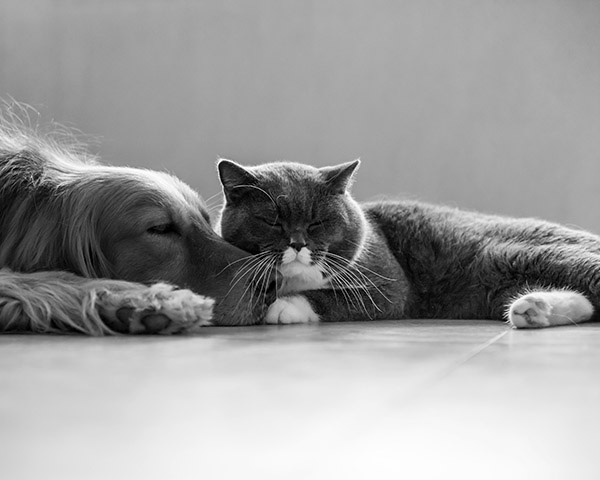
Browse our guides
Choose from our list of helpful guides and information
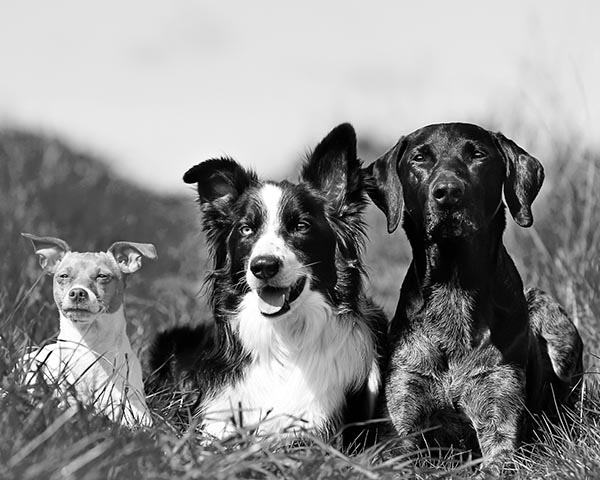
Explore dog breeds
Find out how to keep your dog healthy and happy
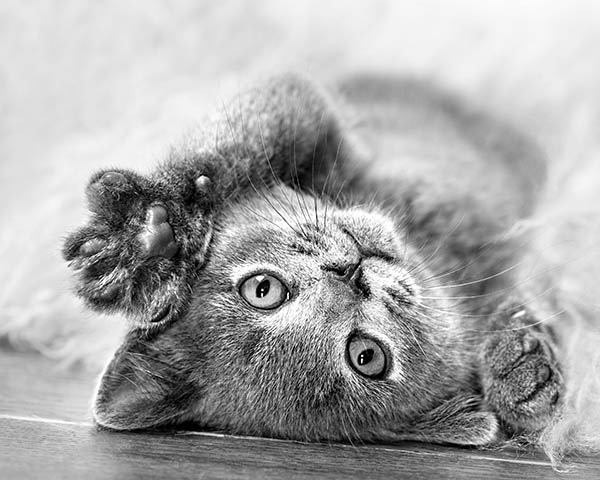
Cat breed guides
How to care for your cat, common health problems and more
Terms and conditions
Important information
Sainsbury's Bank plc, Registered Office, 33 Charterhouse Street, London, EC1M 6HA (registered in England and Wales, no 3279730) is authorised by the Prudential Regulation Authority and regulated by the Financial Conduct Authority and the Prudential Regulation Authority (register no. 184514).
Sainsbury's Supermarkets Ltd is an appointed representative of Sainsbury's Bank plc. Sainsbury's Bank plc acts as an introducer to Pinnacle Insurance Ltd who is authorised by the Prudential Regulation Authority and regulated by the Financial Conduct Authority and the Prudential Regulation Authority (register number 110866). Registered office: 4th Floor, Limelight, Elstree Way, Borehamwood, Hertfordshire, WD6 1JH. Sainsbury’s Bank Pet Insurance is arranged, administered and underwritten by Pinnacle Insurance Ltd. Sainsbury's Bank plc and Pinnacle Insurance Ltd are not part of the same corporate group.
We do not provide personal recommendations to customers.
